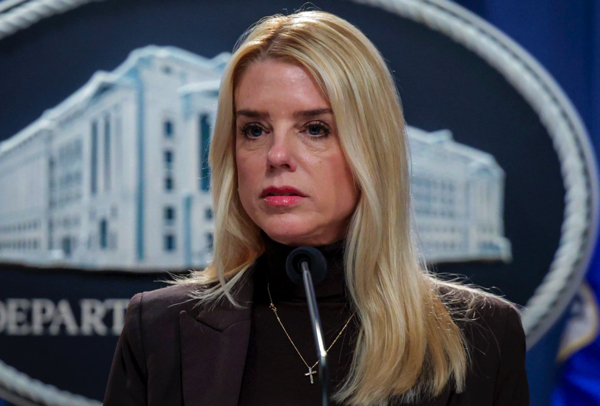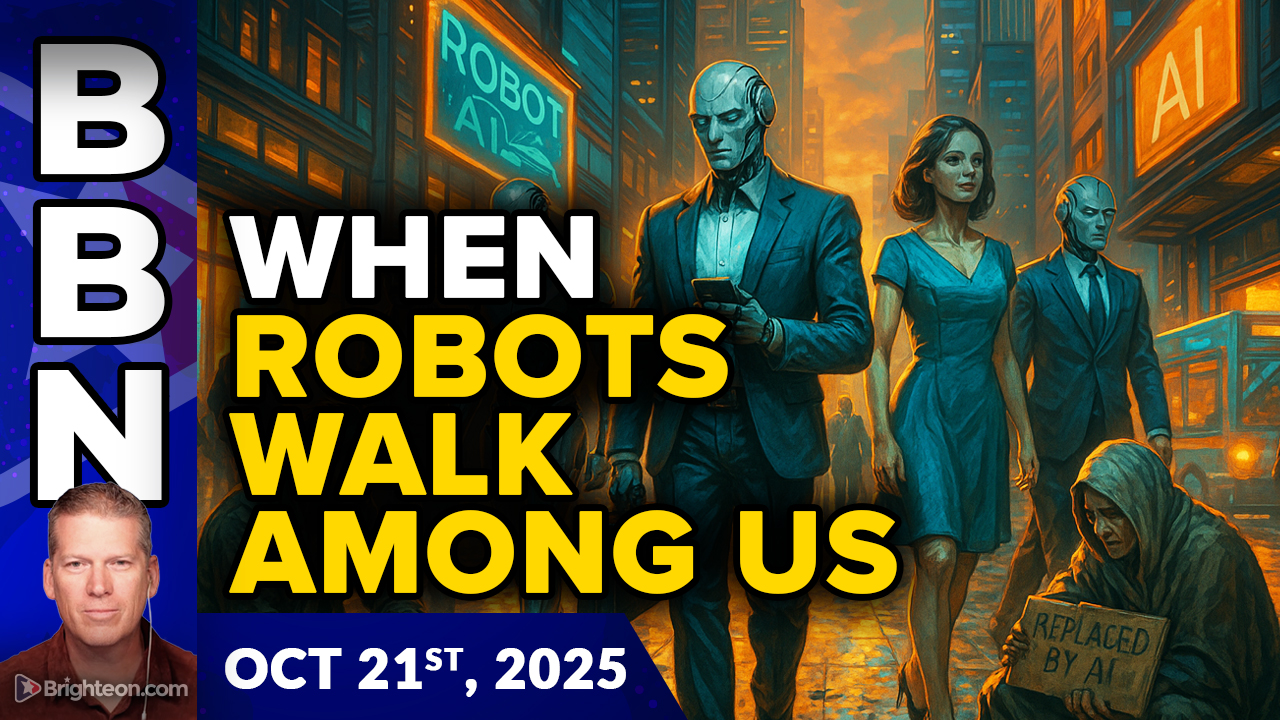 Parler
Parler Gab
Gab
- Sonoma County, California, has reinstated an annual mask mandate for healthcare settings like nursing homes and dialysis clinics, effective from November to March, with the stated intention of making it a permanent, seasonal policy.
- The county's order and its strengthened vaccine recommendations directly contradict the current federal health guidance, which has shifted toward emphasizing personal medical choice and consultation with doctors.
- The mandate's annual re-implementation, unless formally rescinded, effectively codifies a state of intermittent emergency powers for the county's health department, raising questions about the long-term balance of power.
- This move revives the deep political and social divisions from the height of the pandemic, recalling the costs to social cohesion and public trust associated with previous coercive mandates.
- The article frames the mandate as a fundamental choice favoring a top-down, coercive model of public health governance over the federal government's evolving approach that prioritizes individual responsibility and informed consent.
A direct challenge to federal policy
Perhaps the most striking aspect of Sonoma County's announcement is its direct contradiction of current federal health guidance. Coinciding with the mask order, Smith issued strengthened vaccine recommendations, urging COVID-19 and flu shots for everyone aged six months and older. She further advised both vaccinated and unvaccinated people to wear masks in all indoor public spaces when respiratory virus risk is deemed high. This stance stands in stark opposition to the policy of the Department of Health and Human Services (HHS) under Secretary Robert F. Kennedy Jr. Recently, the U.S. Centers for Disease Control and Prevention, following HHS lead, removed the blanket recommendation for adults 65 and older to receive COVID-19 vaccinations. The new federal guidance encourages individuals aged six months to 64 years to consult with their doctors—emphasizing personal medical choice—and has narrowed the approval scope for new vaccines under a framework committed to what it calls "science, safety and common sense." The historical context for this decision is impossible to ignore. During the height of the COVID-19 pandemic, California was a national epicenter for some of the most restrictive and prolonged public health mandates in the country. The state enforced a strict, universal mask mandate for nearly a full year and reinstated indoor masking during subsequent waves, with several Bay Area counties going even further. These policies, while implemented with the stated goal of saving lives, came at a tremendous cost to social cohesion, economic vitality and public trust in institutions. The re-emergence of such mandates, even in a limited form, revives difficult memories of shuttered businesses, isolated seniors and bitter political and social divisions.A question of authority and science
The fundamental question posed by Sonoma County’s action is not about the sincerity of its intentions, but about the proper role of government in a free society. When a local health department institutes a policy that defies the evolving science and revised recommendations of federal authorities, it creates a confusing and contradictory patchwork of rules for citizens to navigate. This move suggests that for some officials, the coercive power of the state remains the preferred tool for managing public health, despite a growing body of evidence and public sentiment favoring individual responsibility and informed consent. It represents a commitment to a top-down model of governance that many had hoped was a relic of the pandemic’s peak. In conclusion, Sonoma County's decision to reinstate a mask mandate and bolster vaccine guidance is more than a local health measure; it is a political statement. It is a deliberate choice to revert to the playbook of 2020, directly challenging a federal shift toward medical freedom and personal choice. As this annual mandate takes effect, it will serve as a live test case for whether the public is willing to accept the return of such measures as a permanent feature of American life. Watch as Fauci says "no face masks." This video is from the DITRH channel on Brighteon.com. Sources include: TheNationalPulse.com FoxNews.com TimesOfIndia.IndiaTimes.com BrightU.ai Brighteon.comFlorida AG Uthmeier targets Roblox in child safety probe as predators exploit gaming platform
By Ramon Tomey // Share
Trump’s carbon tax defiance sparks global climate tensions; Russia moves near Alaska
By Gregory Van Dyke // Share
Peppermint oil emerges as powerful remedy to combat various causes of bloating
By Lance D Johnson // Share
EU tightens grip on digital age verification, sparking privacy and free speech concerns
By Kevin Hughes // Share
AI robots to reshape human social dynamics, threatening traditional relationships
By Finn Heartley // Share
Governments continue to obscure COVID-19 vaccine data amid rising concerns over excess deaths
By patricklewis // Share
Tech giant Microsoft backs EXTINCTION with its support of carbon capture programs
By ramontomeydw // Share
Germany to resume arms exports to Israel despite repeated ceasefire violations
By isabelle // Share









